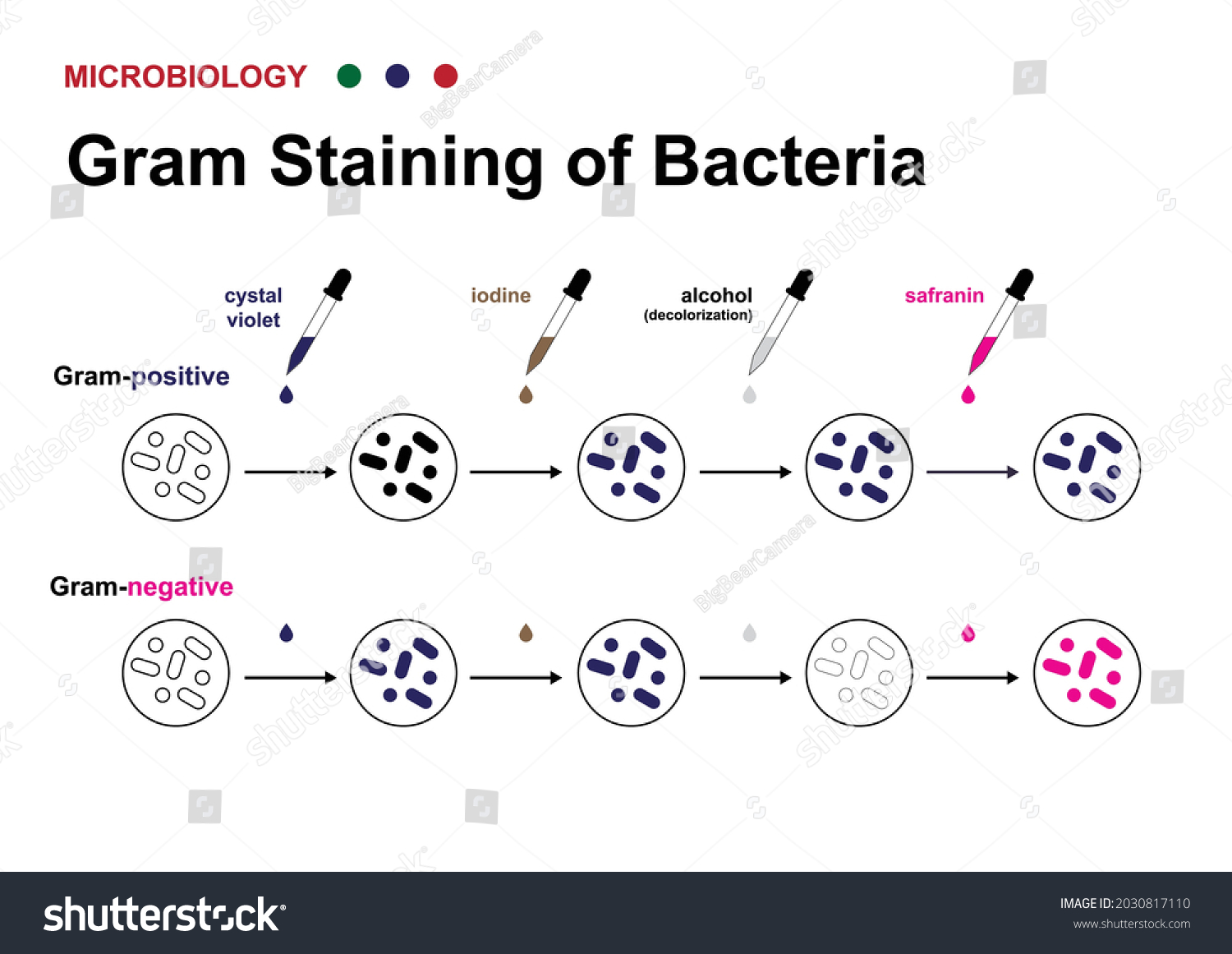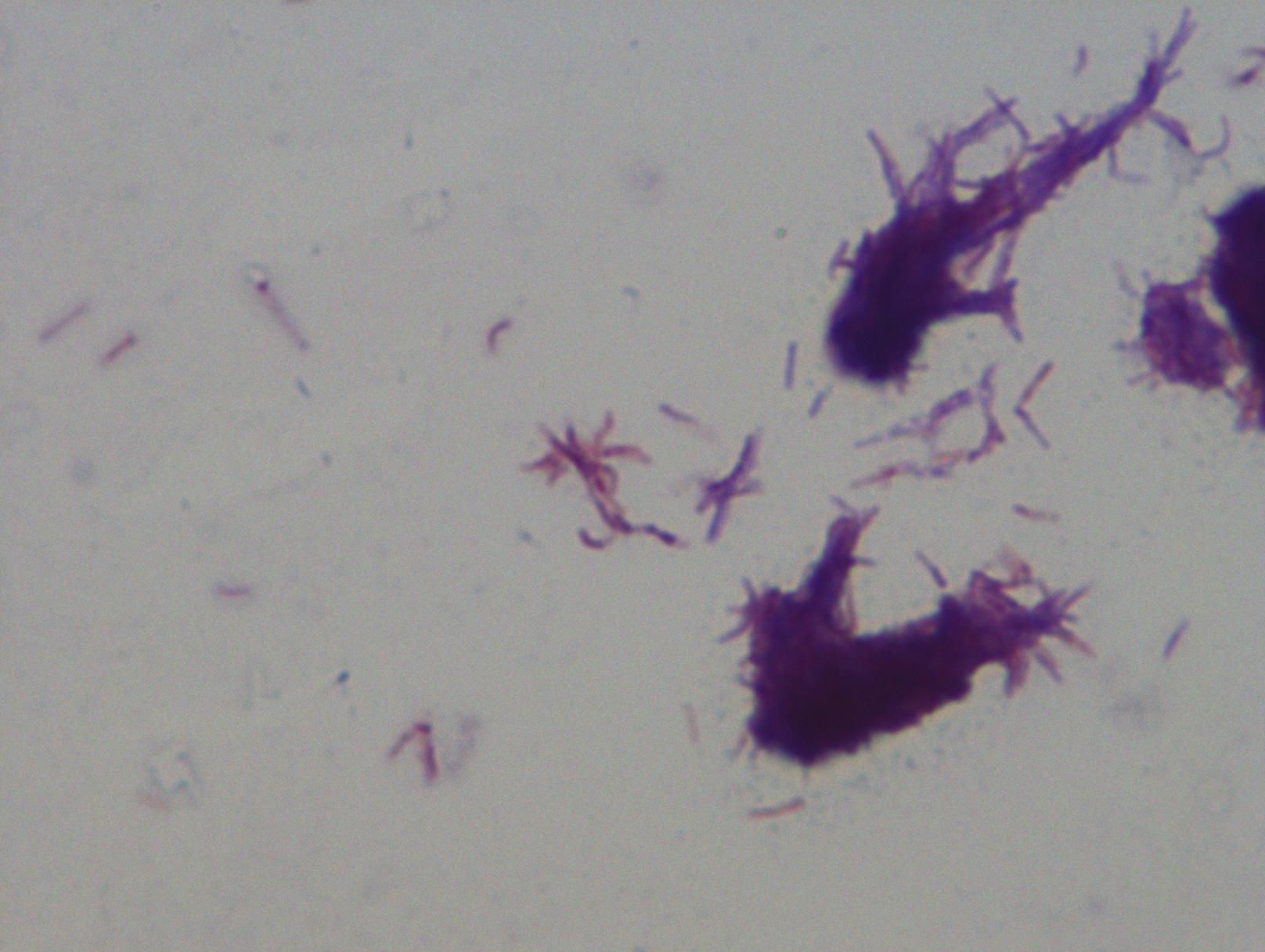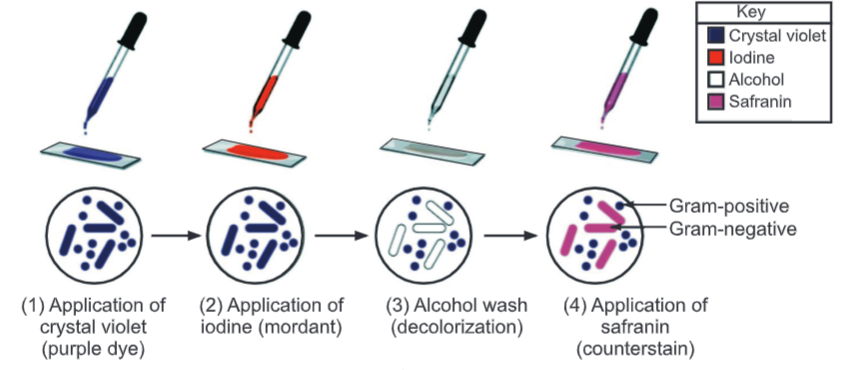Gram Stain Reaction of Mycobacterium: Quick Guide

The Gram Stain Reaction of Mycobacterium is a critical diagnostic tool in microbiology, offering quick insights into the presence of these unique bacteria. Mycobacteria, including Mycobacterium tuberculosis, are known for their distinct cell wall composition, which affects their staining properties. This guide will walk you through the process, ensuring you understand the steps and their significance.
Understanding Mycobacterium and Gram Stain

Mycobacteria are acid-fast bacilli, meaning they resist decolorization by acid-alcohol due to their high mycolic acid content. This characteristic is essential in distinguishing them from other bacteria. The Gram Stain, a widely used technique, categorizes bacteria into Gram-positive and Gram-negative based on their cell wall structure. However, mycobacteria do not fit neatly into either category due to their unique cell wall.
Why Mycobacterium Staining Differs
Mycobacteria’s waxy cell wall makes them impervious to standard Gram Stain procedures. Instead, they require specialized staining techniques like the Ziehl-Neelsen or Auramine-Rhodamine methods. However, understanding the Gram Stain reaction is still valuable for initial identification and differentiation.
Step-by-Step Gram Stain Procedure for Mycobacterium

While mycobacteria are not typically Gram-stained, the process can still provide preliminary insights. Here’s how to perform the Gram Stain on mycobacteria:
- Prepare the Smear: Place a thin layer of the bacterial sample on a clean slide and air-dry. Fix the smear by passing it through a flame 2-3 times.
- Apply Crystal Violet: Cover the smear with Crystal Violet for 1 minute. This stains all bacteria purple.
- Add Iodine Solution: Apply Gram’s Iodine for 1 minute to act as a mordant, enhancing the stain.
- Decolorize with Alcohol: Gently rinse the slide with 95% alcohol until the runoff is clear. Mycobacteria may retain some stain due to their waxy nature.
- Counterstain with Safranin: Apply Safranin for 1 minute to stain any decolorized bacteria pink.
- Wash and Examine: Rinse the slide with water, blot dry, and examine under a microscope.
📌 Note: Mycobacteria may appear weakly Gram-positive or even Gram-variable due to their unique cell wall. For definitive identification, use acid-fast staining methods.
Interpreting the Results

After staining, observe the slide under a microscope:
- Mycobacteria: May appear purple (weakly Gram-positive) or show inconsistent staining.
- Other Bacteria: Will appear purple (Gram-positive) or pink (Gram-negative) as expected.
Key Takeaways
- Mycobacteria’s waxy cell wall affects their staining behavior.
- The Gram Stain provides preliminary, not definitive, identification.
- Acid-fast staining is the gold standard for mycobacteria detection.
Quick Checklist for Gram Stain of Mycobacterium

- Prepare and fix the smear properly.
- Apply Crystal Violet and Gram’s Iodine.
- Decolorize with 95% alcohol.
- Counterstain with Safranin.
- Examine under a microscope for weakly Gram-positive or variable results.
Wrapping Up

The Gram Stain Reaction of Mycobacterium is a valuable preliminary step in bacterial identification. While mycobacteria may not conform to typical Gram-positive or Gram-negative patterns, understanding their staining behavior is crucial. For accurate diagnosis, always follow up with acid-fast staining methods. This guide ensures you’re equipped with the knowledge to perform and interpret the Gram Stain effectively.
Can Mycobacterium be identified using the Gram Stain?
+Mycobacterium can show weakly Gram-positive or variable results in a Gram Stain, but it is not definitive. Acid-fast staining is recommended for accurate identification.
Why do Mycobacteria stain differently in Gram Stain?
+Mycobacteria have a waxy cell wall rich in mycolic acids, which makes them resistant to decolorization and affects their staining behavior.
What is the gold standard for Mycobacterium identification?
+The acid-fast staining method, such as Ziehl-Neelsen or Auramine-Rhodamine, is the gold standard for identifying Mycobacterium.
Gram Stain Reaction of Mycobacterium, Mycobacterium Staining Techniques, Acid-Fast Bacilli Identification


